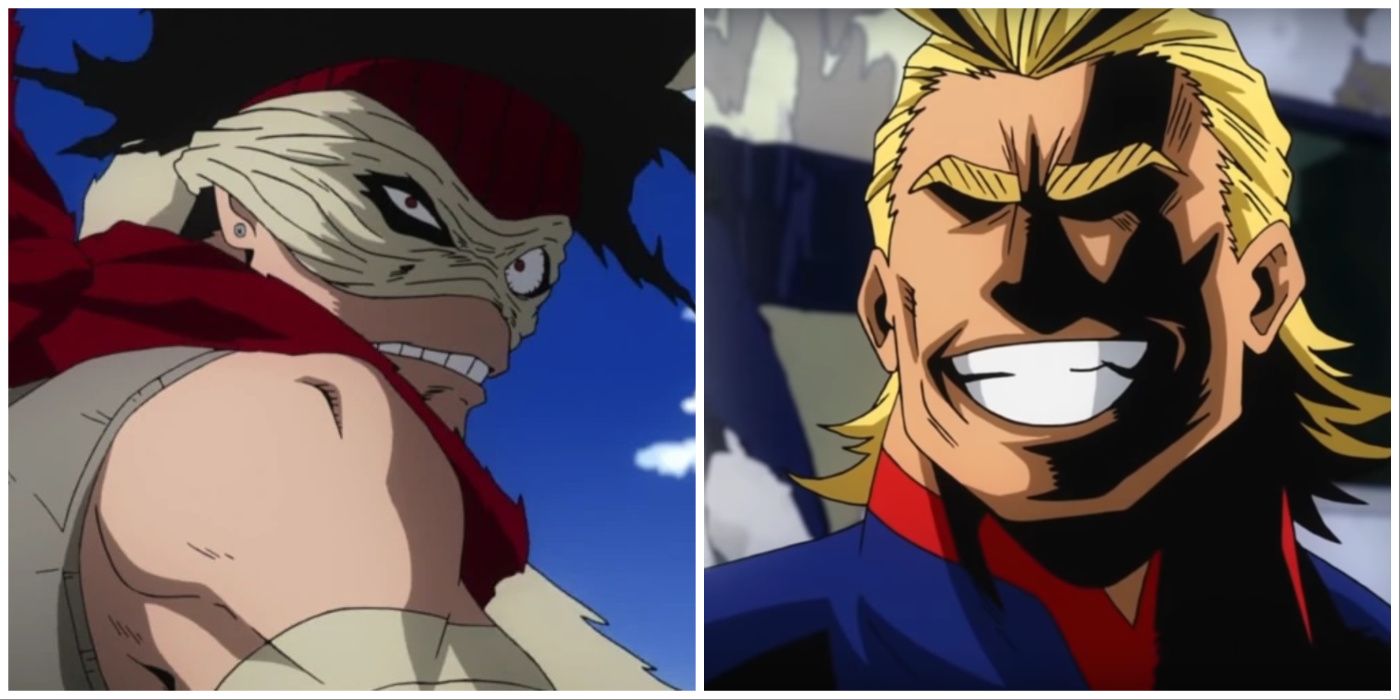
In My Hero Academia, the world is based on the concept of hope, with the idea that a well-organized group of heroes could maintain peace and motivate future generations. Superficially, this setup appears successful; children aspire to be heroes and these role models are admired in public. Institutions like U.A. foster the next generation, and villains are kept at bay. However, beneath this veneer, the hero system is inherently unsteady and one of the main themes of the series is exposing its flaws.
In the anime, it subtly showcases some of its flaws, including the role of unintentional oversights in creating villains and the prevalence of corruption and inequality. However, when focusing on a major struggle between good and evil, these issues can become less prominent. The criticisms of hero society aren’t always given as much attention as they deserve, often being represented by a single character rather than systemic problems. These issues are deeply rooted within the system and require systemic solutions. The society portrayed in My Hero Academia is filled with inconsistencies that can lead to harmful consequences.
U.A. Puts Teenagers on the Front Lines With Little Oversight
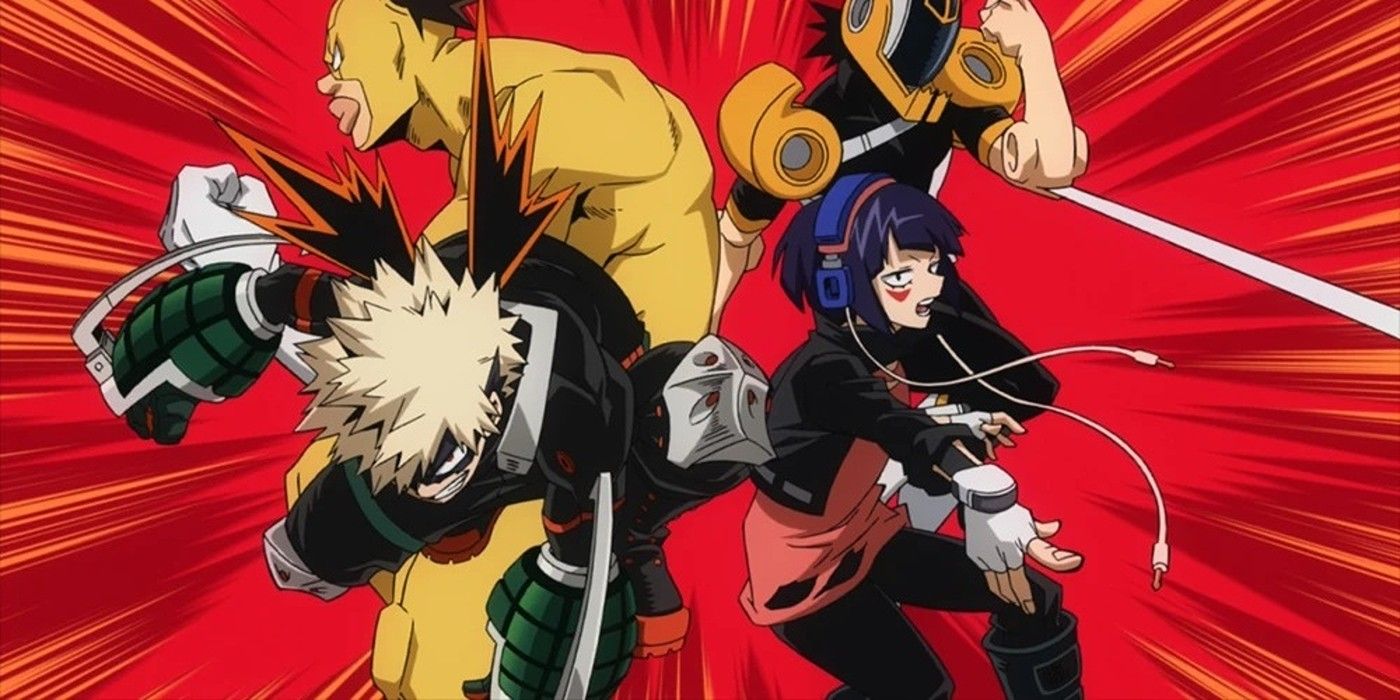
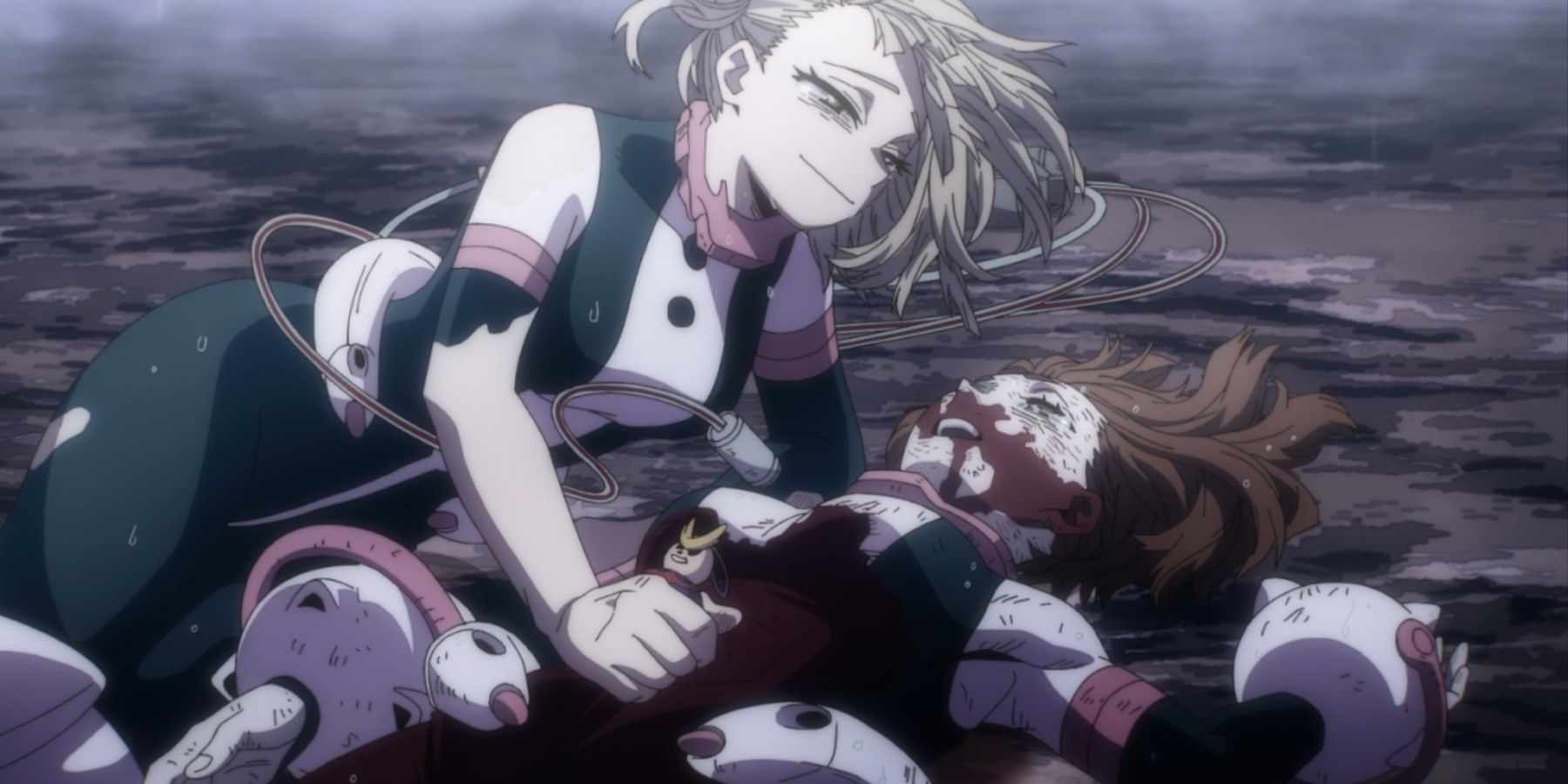
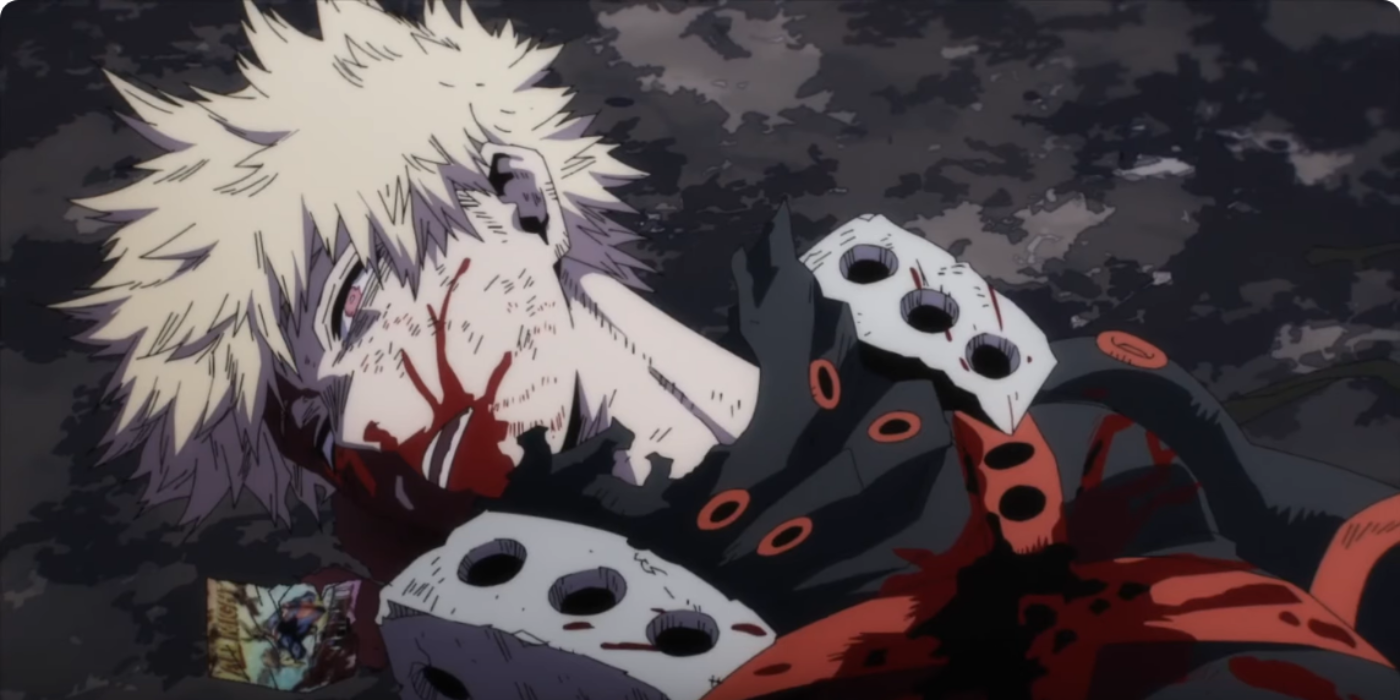
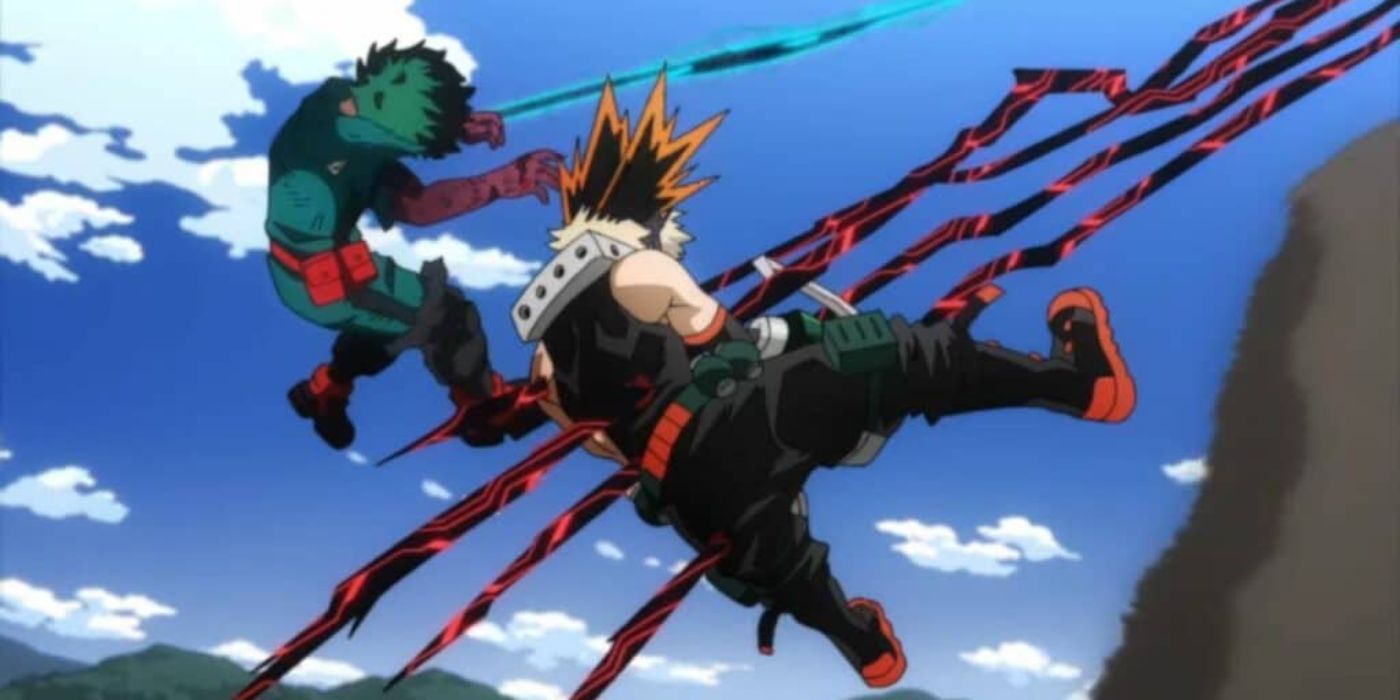
A key aspect that fans might overlook amidst the thrilling fights and character development in My Hero Academia, is that U.A. High is essentially sending minors into combat zones. As early as the first season of My Hero Academia, Class 1-A finds itself in situations where they are not just students, but active participants. While some of these instances are beyond their control, others aren’t. They face attacks on school grounds and are even called upon to aid during national emergencies. The most concerning part is that this seems like routine practice. U.A.’s work studies program aims to provide practical experience, but involving them in major strategies for a world-ending conflict is an entirely different matter.
In a society that prides itself on fairness and order, it’s bewildering why child soldiers are employed. It’s startling how loose the legal constraints or moral guidelines seem for adolescent heroes, even when questions about this are posed. These concerns often go unaddressed, as if they hold no weight. The anime merely touches upon this issue without delving deeper into U.A.’s policies, despite work studies resulting in student fatalities. What exacerbates the situation is that the main characters, including Deku and his peers, are involved in the conflict. Yet, the series seldom explores what the rest of the students are doing. Instead, the fifteen-year-old first years are casually sent to the battlefront with no regard for their wellbeing.
The Anime Dropped Its Most Compelling Anti-Hero’s Ideology
When Stain debuted, he emerged as a pivotal figure in the narrative, not simply another antagonist, but a character with a powerful message that struck a chord. His ideology challenged the entire hero system, exposing its superficiality and questioning why people became heroes for fame rather than conviction. He criticized the casual distribution of hero titles as if they were jobs instead of responsibilities, making viewers and characters alike question the essence of being a hero. Stain’s ideology served as an inspiration for characters like Shigaraki and Spinner. Moreover, his message was the first significant blow to public faith in heroes. He also began to cast doubt on the hero society at large, causing systems such as the Hero Billboard Charts to appear flawed. The notion of heroes as celebrities came under scrutiny due to his influence.
In retrospect, after his apprehension, Stain’s presence seemed to fade into the periphery of everyone’s consciousness. Society of Heroes remained unaltered, with no open discussions regarding his words or ideologies. The League of Villains, however, underwent a dramatic transformation, diverging from their initial path.
Reflecting on this scenario, it feels as though hero society should have been compelled to change, even after Stain’s departure. Many resonated with his sentiments, and he was evidently not without a devoted following. Although his tactics were questionable, his criticisms of the societal structure of heroes held significant weight.
In essence, Stain sparked a conversation that hero society desperately needed to have. Regrettably, the narrative largely bypassed him, moving on for the most part. It seems as though the heroes may have been eager to forget about him, but the rest of us should not have allowed him to fade into obscurity.
The System Looks Functional Until Questions Start Being Asked
The societal structure within “My Hero Academia” revolves around two key factors: public admiration and perpetual risk. Top heroes are often idolized like celebrities, but the series does not delve into the specifics of how this system functions. Questions such as who finances hero agencies, how people are compensated during prolonged periods of peace, or what becomes of a city unable to maintain a flashy local hero remain unanswered.
In “My Hero Academia”, society values heroes based on their popularity and the constant threats they face. However, the show doesn’t tell us how this system works in detail. It leaves questions like who pays for hero agencies, what heroes get paid during peaceful times, or what happens to a city that can’t afford its own hero unanswered.
In this setup, My Hero Academia aims to create a sense of orderliness, yet the guidelines governing the heroes’ actions remain unclear. It raises questions as to whether these heroes are government employees or independent contractors. Are their earnings derived from public funds, private entities, sponsorships, or brand partnerships? If a hero’s popularity wanes, like Endeavor, does it impact his compensation? The show provides no answers. Furthermore, during significant national clashes, there is no debate about the allocation of resources or funding. Regardless, heroes consistently appear on the battlefield.
As public trust wanes, it becomes increasingly difficult to accept the truth. After a conflict ends, people often stop viewing heroes as they once did. However, the impact of this shift is rarely discussed, yet it’s crucial to understand. If these heroes are funded by the government, it means they’re being paid with citizens’ taxes. One would expect the system to falter under such circumstances. Yet, the narrative never reflects this. The anime continues unabated, but upon closer examination, the foundations of its world appear unsteady.
The World Is Cruel to the Powerless, and the Story Moves On
In the beginning of “My Hero Academia”, the anime portrays a stark reality: being quirkless equates to being powerless in this world. When Deku was diagnosed as quirkless, it essentially spelled doom for his aspirations. This diagnosis also brought about constant bullying and social isolation. His teacher disregards him, and even his mother apologizes for giving birth to a quirkless child. The series establishes this issue as a significant theme. However, once Midoriya acquires his quirk, the discrimination is no longer highlighted. Instead, the anime frames quirklessness as an individual struggle rather than a societal concern.
In many societies, individuals born without supernatural abilities, often referred to as “quirkless,” lack legal safeguards, social support, or policies designed to improve their lives. This group makes up about 20% of the population, and yet they are rarely acknowledged or protected. Characters like Midoriya, who struggle due to this discrimination, serve as a backdrop for their underdog narratives, but the systems that cause their suffering seldom face scrutiny. As these characters grow stronger, the status quo remains undisturbed. There are hints that this form of discrimination may be more prevalent than we realize.
In Aoyama’s case, his parents were ready to collaborate with All For One, solely to secure a quirk for their son. However, this narrative doesn’t spark a meaningful conversation about how society values or mistreats those who are different. Even with the development of various support items, there are no heroic figures lacking quirks. The hero society, which supposedly stands on the pillar of justice, seems to overlook the injustice faced by the powerless. The world continues to progress without a second glance at its past wrongs. The anime merely portrays this reality without questioning or challenging it.
The Justice System Focuses on Containment, Not Change
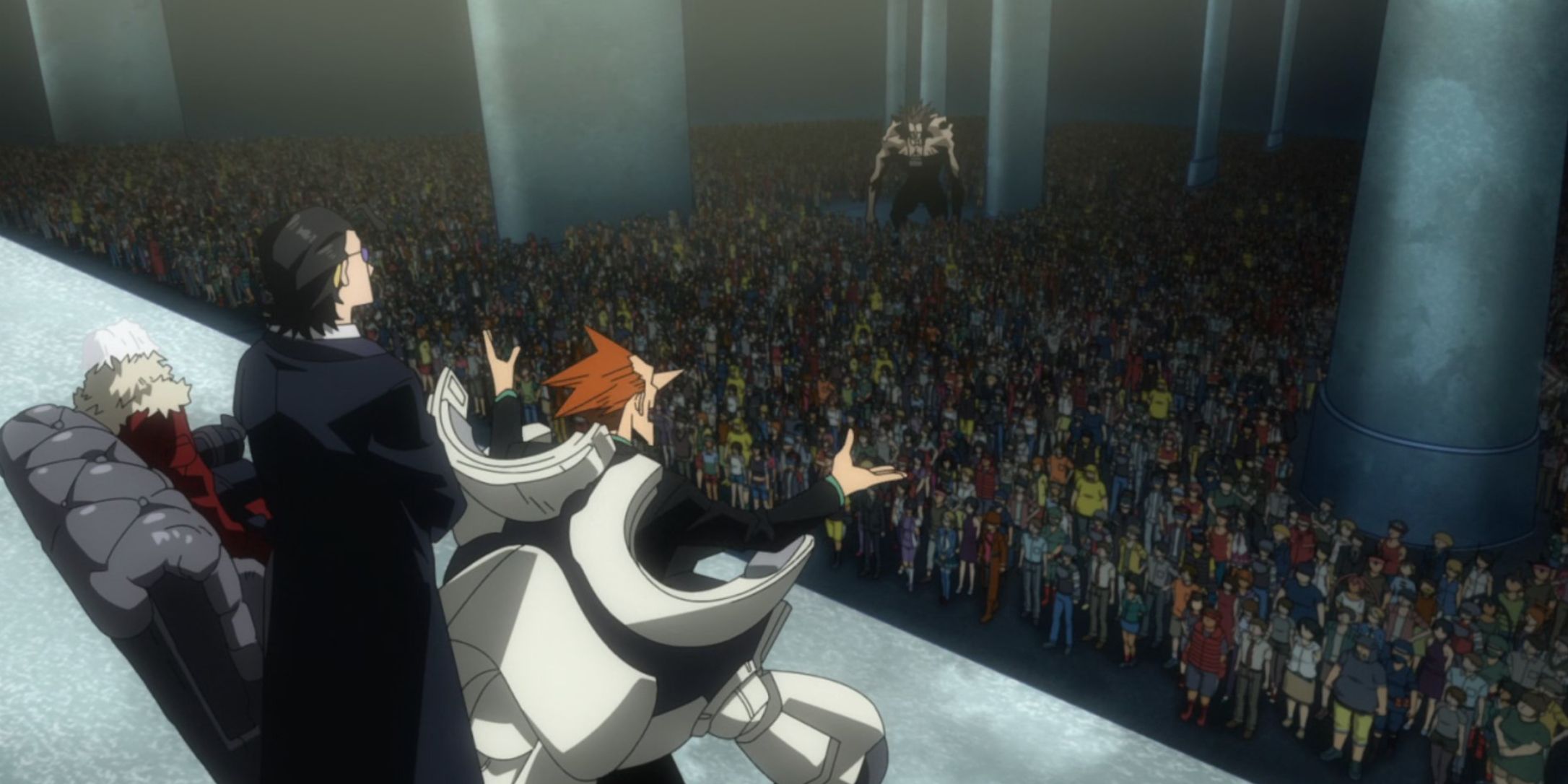
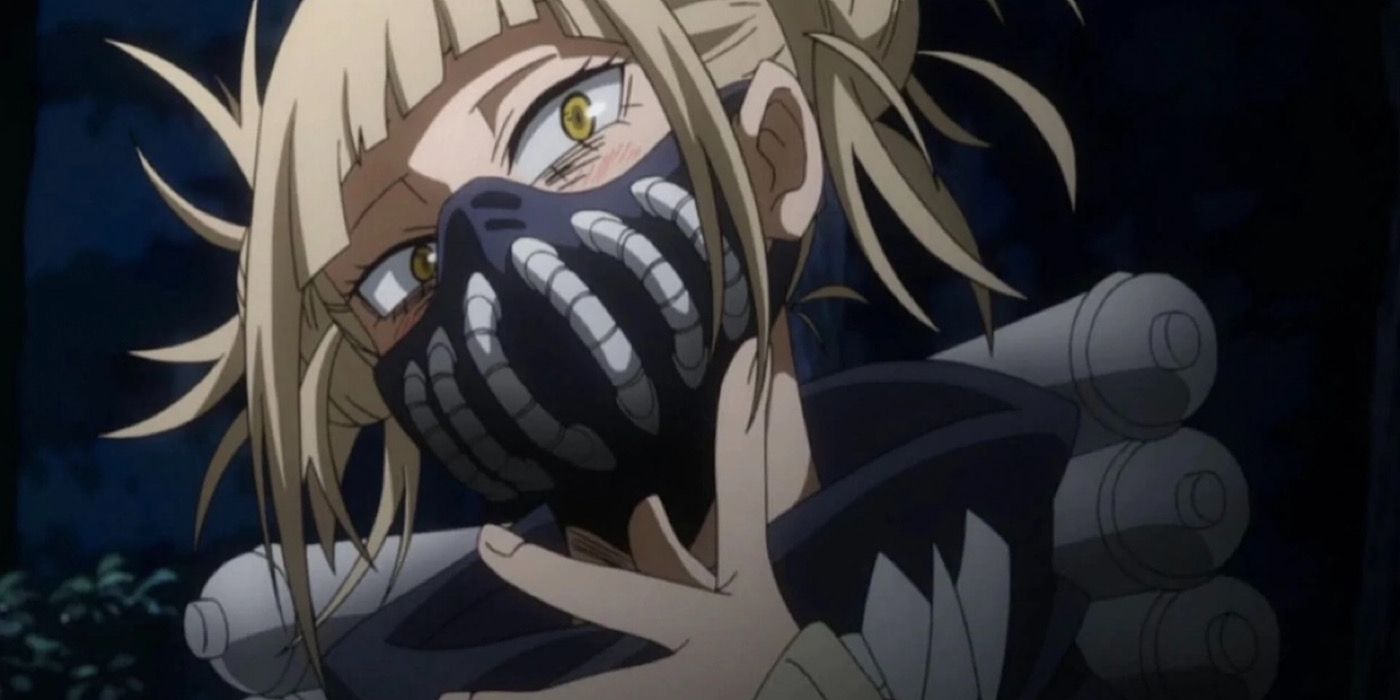
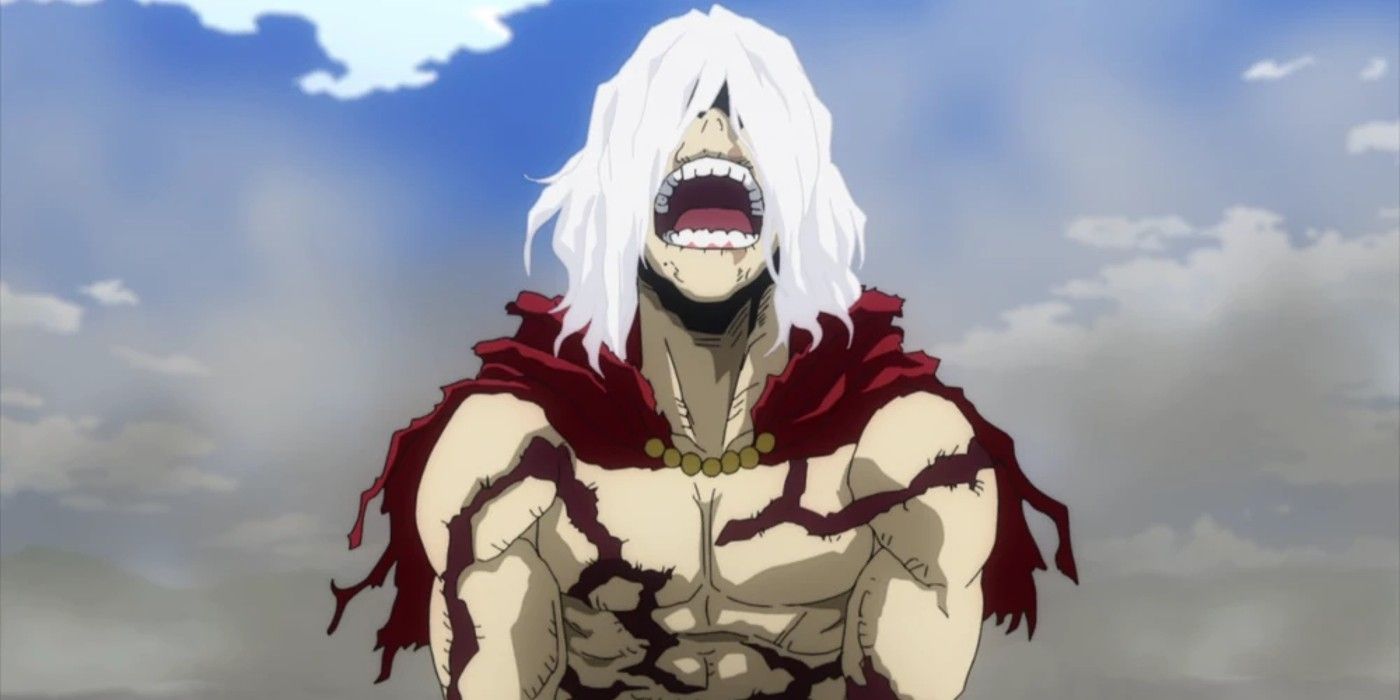
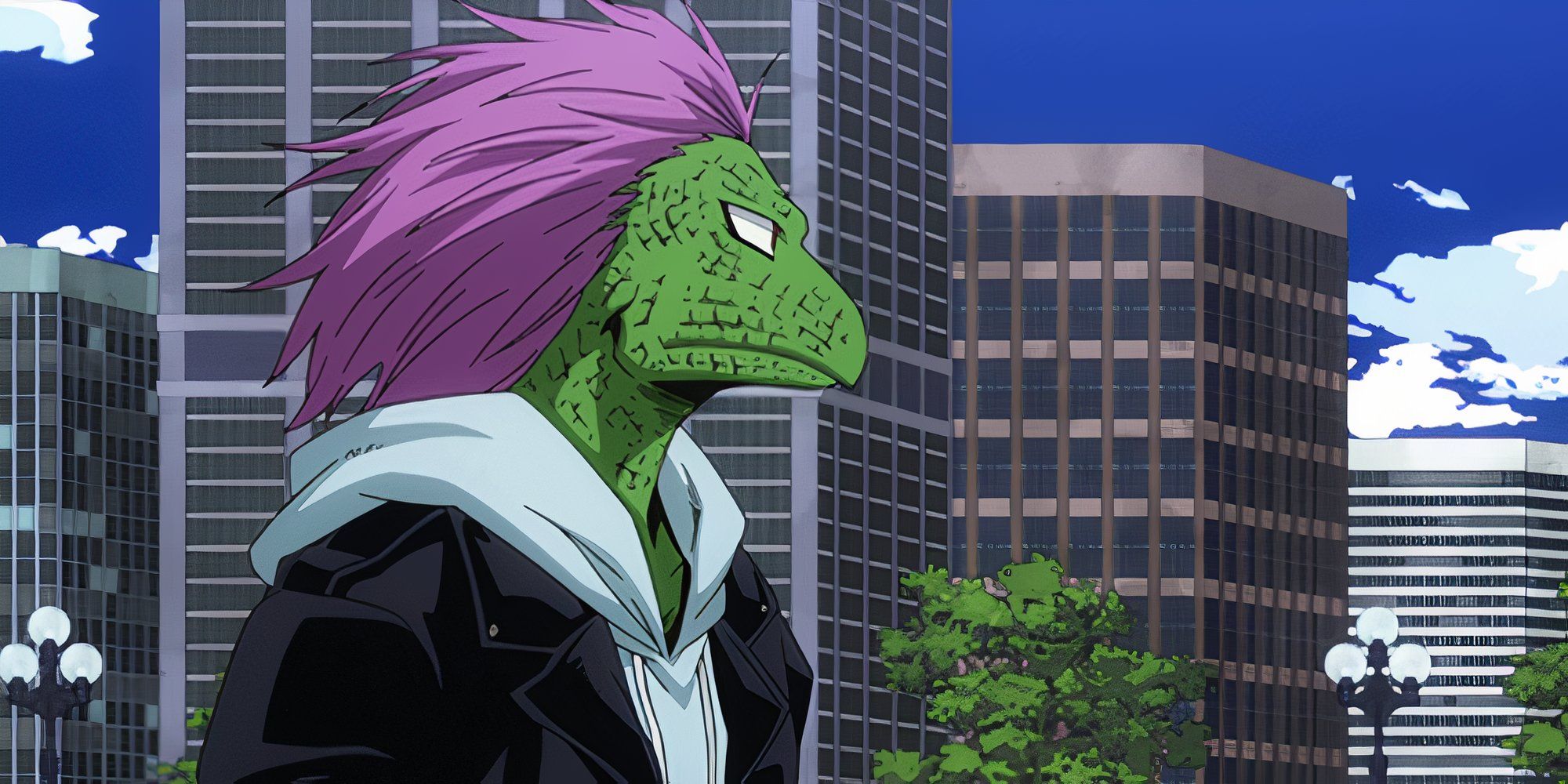
In societies where peculiarities can define a person’s destiny, it’s unusual that conversations about rehabilitation seldom occur. Once someone is branded as a villain, the system seemingly abandons them entirely. There are no treatment options, no second chances, and no assistance. Individuals are confined, often for an extended period or even for life, and the narrative continues to unfold. The series rarely explores the possibility that any of these individuals might be redeemable.
In essence, the sole aim is to control, yet this approach has significant drawbacks, particularly in a world that frequently breeds its own antagonists. Characters such as Twice, Toga, Spinner, Gentle Criminal, and even Shigaraki didn’t start off evil; they were often misfits and the unstable seeking acceptance. For instance, Spinner was lured in by ideology rather than malice, while Toga was damaged by societal norms before things escalated. Once they transgressed a certain boundary, they lost their humanity in the eyes of the heroic community. These heroes are trained in combat, monitoring, apprehension, and lethal response.
Although no one receives training on defusing potentially harmful situations, or learning how to intervene before someone becomes a danger, such compassionate care seems absent from our world. Regrettably, this results in unnecessary tragic deaths, but the system remains unchanged. Once an individual is deemed a threat, they are often written off as hopeless cases. It appears that our society does not prioritize helping people recover, which contributes to the perception that it was never intended to safeguard everyone. Only those who are already in favorable positions seem to reap the benefits.
Read More
- USD MXN PREDICTION
- 10 Most Anticipated Anime of 2025
- Pi Network (PI) Price Prediction for 2025
- How to Watch 2025 NBA Draft Live Online Without Cable
- Silver Rate Forecast
- USD JPY PREDICTION
- USD CNY PREDICTION
- Brent Oil Forecast
- Gold Rate Forecast
- Grimguard Tactics tier list – Ranking the main classes
2025-07-04 21:23